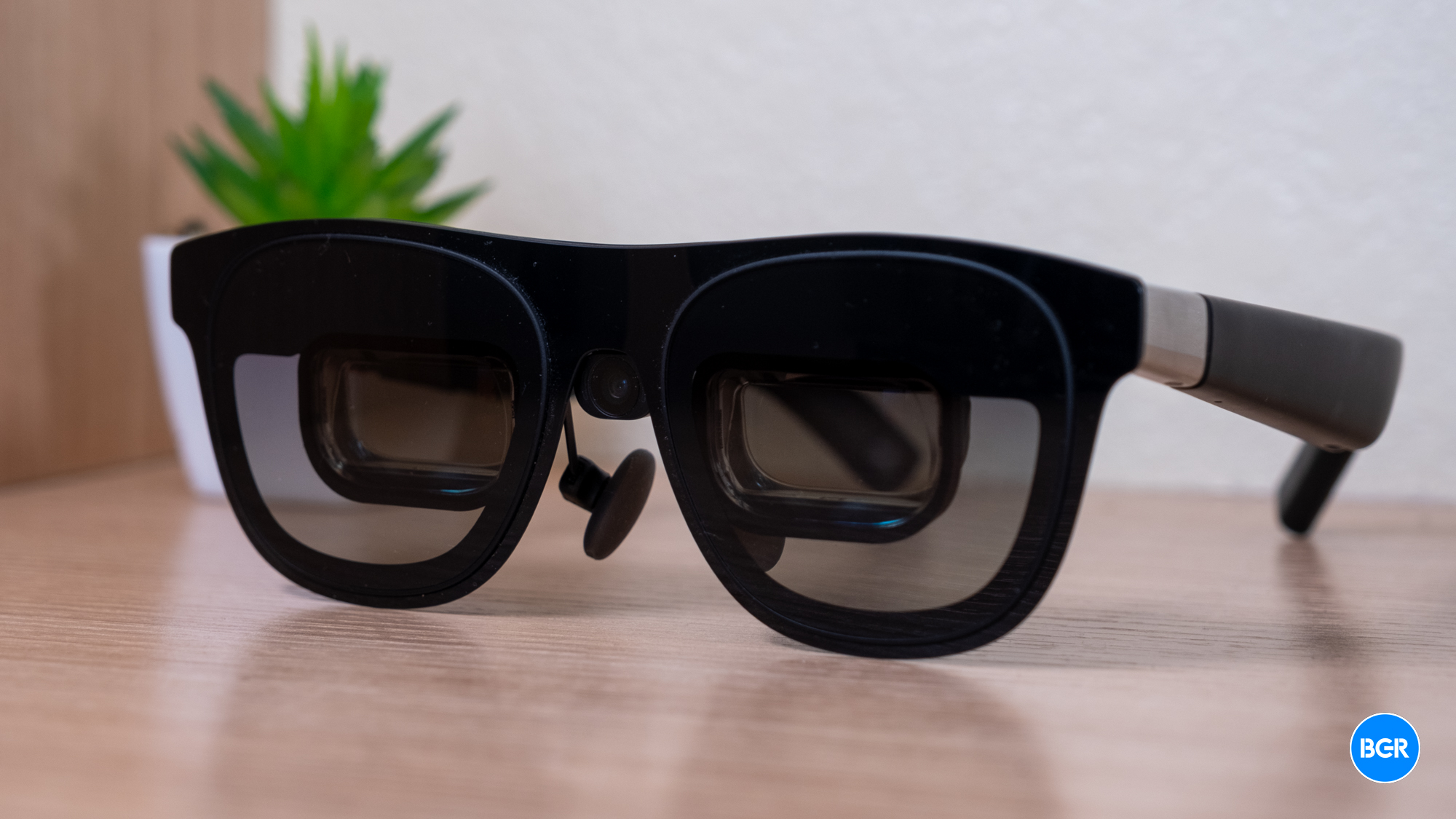From the intricate circuits of dark matter detectors to the miniature sensors embedded in wearables, Anirban Chatterjee has charted an unexpected but deeply impactful course through hardware and biomedical engineering. His mission? To make health sensing as intuitive and accessible as checking the weather.
“I remember watching my grandfather struggle with bronchitis and thinking — we have the tech to catch this earlier; we’re just not using it right,” Chatterjee recalls. “That’s what got me hooked.”
The Journey Begins: Building Foundations at Stanford
That motivation led Chatterjee to Stanford University, where a Master’s in Electrical Engineering laid the groundwork for a career rooted in both scientific rigor and real-world application. As a research assistant, he contributed to the front-end system design for SQUID detectors at the Stanford Linear Accelerator Center— critical instruments in dark matter experiments. But it wasn’t just the science that stuck; it was the systems thinking and engineering precision behind detection of tiny, tiny signals.
Even before Stanford, Chatterjee had already begun exploring biomedical signal processing at Ryerson University’s Signal Analysis Research Group, laying a technical foundation that would guide his later shift toward health-focused technologies.
“You could tell he wasn’t just doing it for the academic challenge,” says Dr. C. Bhattacharyya, a former advisor. “There was always a personal mission driving the work — especially around lung health.”
From Research to Reality: Pioneering Wearable Technology
That mission took tangible form in Chatterjee’s contributions to some of the most widely used consumer devices. As a module architect, he was part of the team that developed the first strain-based force sensor for mobile devices— technology that enabled pressure-sensitive interaction with previously untapped hardware fidelity.
, as a sensor architect, Chatterjee led development of critical subsystems within a wearable ECG platform. The result: clinical-grade heart monitoring in a consumer device now worn by millions. That same sensor technology has since been adopted by researchers at institutions like Stanford and the Mayo Clinic to study cardiac health in unprecedented ways.
“Technology’s ability to reveal hidden health conditions gives people the knowledge they need to make better choices,” he says. “That’s what makes it so powerful.”
His most recent work centers on respiratory health. Several patents now filed under Chatterjee’s name aim to replace traditional spirometry — often limited to clinical settings — with user-friendly, portable alternatives. The goal: to democratize respiratory diagnostics and bring proactive lung monitoring into everyday life.
Recognition and Impact
Chatterjee’s work has not gone unnoticed. His projects have been featured in Forbes, The New York Times, and TIME, which have highlighted both the ingenuity of the technologies and their broad societal relevance.
In academic and technical circles, Chatterjee is regularly invited to review submissions for top-tier conferences in biomedical engineering and signal processing. He holds several patents and has authored publications in both peer-reviewed journals and widely read technology magazines.
Exploring New Frontiers
Asked what keeps the work exciting, he doesn’t hesitate:
“I just love the idea that something I helped build might let someone catch a health issue early — and maybe change the outcome,” he says. “There’s so much uncharted territory in biomedical engineering. It feels like we’re just getting started.”
It’s a unique blend of technical excellence, human-centered design, and a personal calling that drives Chatterjee’s approach. From dark matter research labs to devices that sit quietly on our wrists, his contributions are already shaping the future of health — and his story is still unfolding**.**











